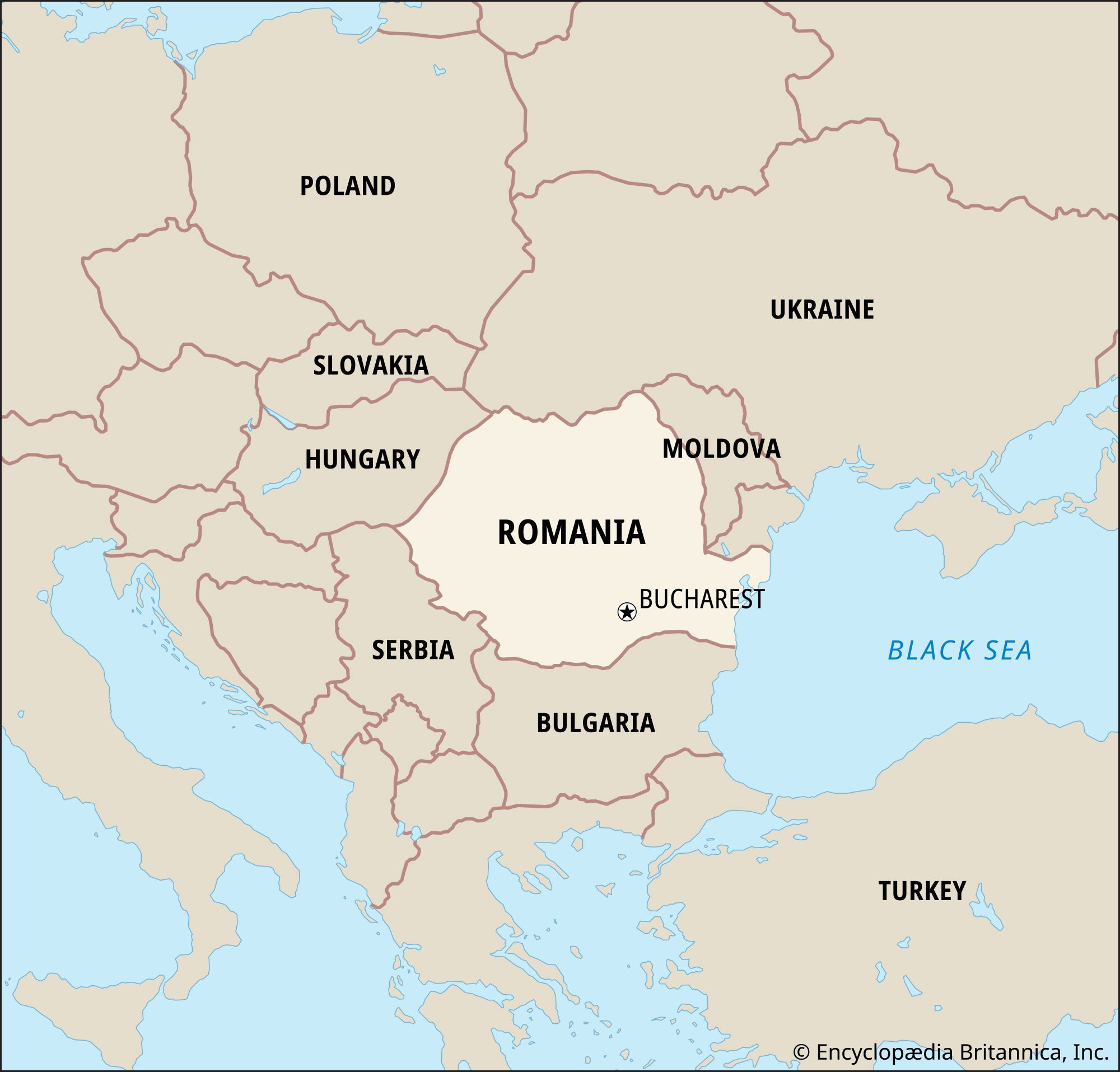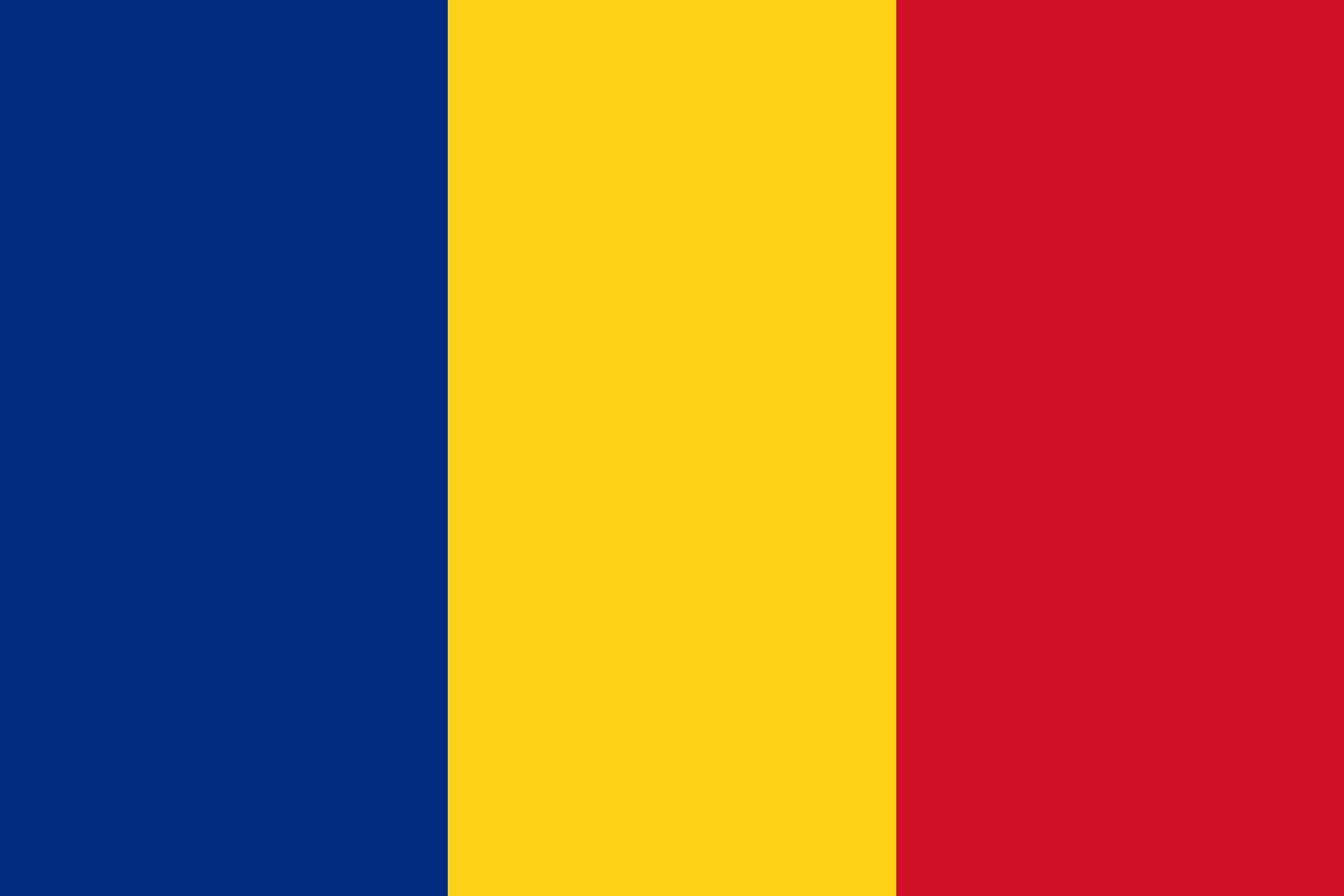Romania, a country brimming with rich history and diverse landscapes, is situated in the southeastern part of Europe. This captivating nation holds a strategic position in the continent, serving as a bridge between Eastern and Western Europe. Understanding Romania’s location is key to appreciating its unique cultural blend, historical trajectory, and geographical diversity.
To pinpoint where Romania is located, envision the southeastern region of Europe, often referred to as the Balkans or Southeast Europe. Romania is nestled in the northeastern corner of this region. It is bordered by several countries: to the west lies Hungary and Serbia, to the north and northeast is Ukraine and Moldova, and to the south, Bulgaria. Romania also boasts a coastline along the Black Sea to the southeast, providing it with maritime access and contributing to its diverse geography.
 Location of Romania in Europe highlighted on a political map
Location of Romania in Europe highlighted on a political map
Romania’s geographical coordinates place it roughly between 43° and 48° north latitude and 20° and 30° east longitude. This positioning contributes to its temperate continental climate, characterized by four distinct seasons. The landscape of Romania is remarkably varied, featuring the majestic Carpathian Mountains that curve through the center of the country, rolling hills and plateaus, and fertile plains. Approximately one-third of Romania is mountainous, another third is forested, and the remaining portion is composed of plains and hills, offering a rich tapestry of natural environments.
Romania’s location has profoundly influenced its history and development. Throughout centuries, it has been at the crossroads of major empires and migration routes. From ancient Roman influences, evident in the Romanian language and culture, to periods under Ottoman and Soviet influence, Romania’s geographical position has made it a dynamic meeting point of different civilizations. Its membership in the European Union since 2007 and NATO since 2004 underscores its current geopolitical significance and integration into Western structures, further highlighting its important location within Europe.
Beyond its strategic and historical importance, Romania’s location endows it with abundant natural resources. The country benefits from fertile lands suitable for agriculture, extensive forests providing timber, and significant mineral resources, including petroleum and metals like gold and silver, particularly in the Apuseni Mountains. Numerous rivers crisscross the country, offering hydroelectric power potential, and the Black Sea coast provides opportunities for trade, tourism, and resource exploitation.
To summarize key facts about Romania: its capital city is Bucharest, the official language is Romanian, and it operates as a unitary republic. With a population estimated at over 19 million, Romania is a significant country in southeastern Europe, both in size and influence. Its currency is the Romanian Leu (RON).
 The national flag of Romania, a tricolor of blue, yellow, and red
The national flag of Romania, a tricolor of blue, yellow, and red
In conclusion, Romania is strategically located in southeastern Europe, bordering several countries and with access to the Black Sea. This location has shaped its history, culture, and economy, making it a fascinating and important country in the European landscape. Understanding “Where Is Romania Located” is the first step to appreciating the depth and breadth of what this captivating nation has to offer.
